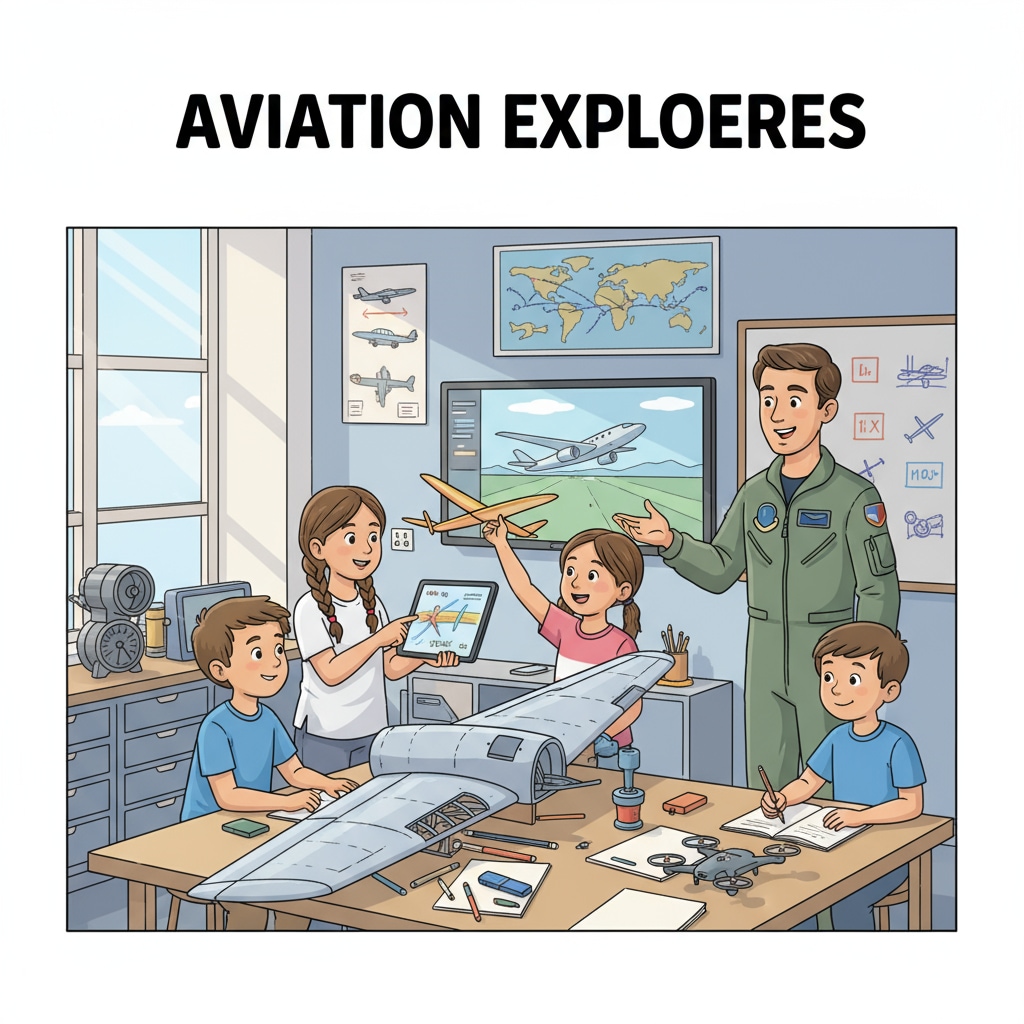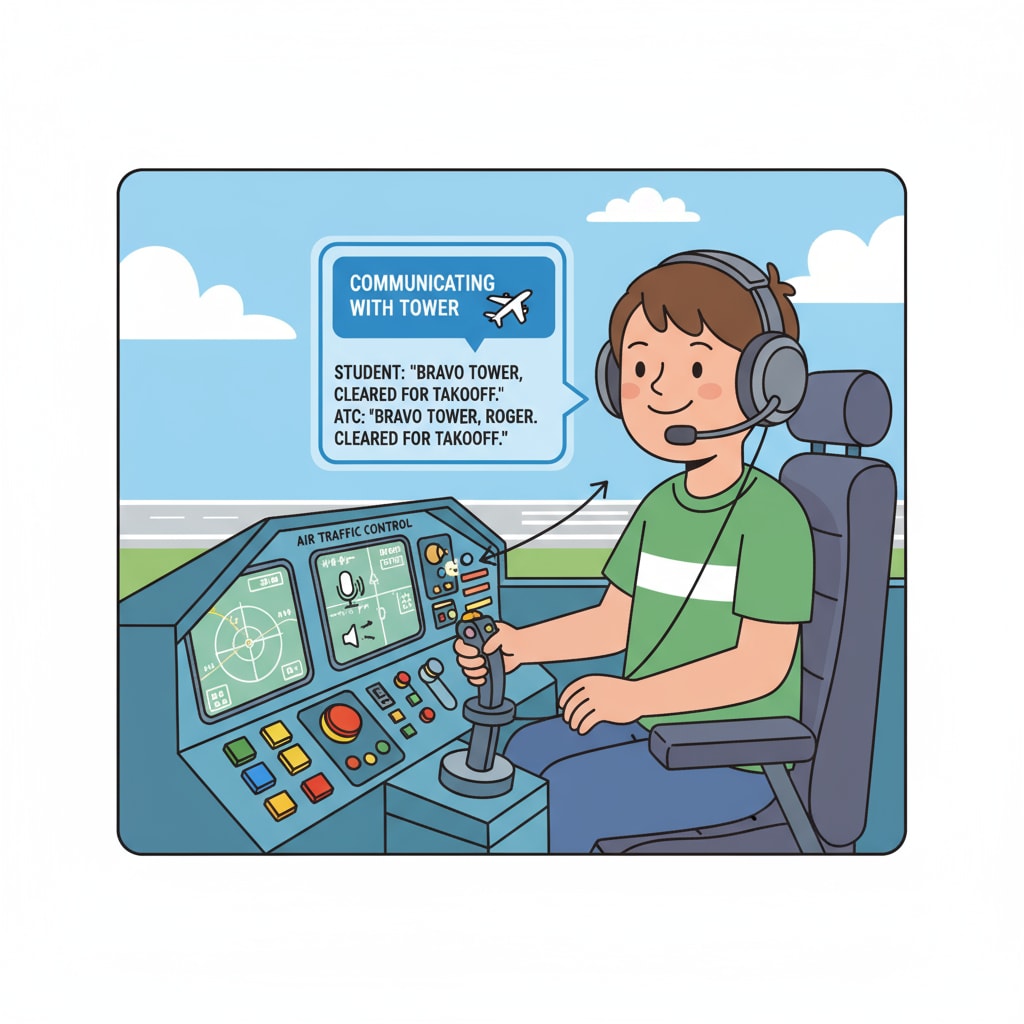Pilot skills, communication abilities, decision – making capacities, and situational awareness are the cornerstones for anyone aspiring to become a pilot. In the K12 education stage, it is crucial to start fostering these capabilities early on.

These skills not only lay a solid foundation for future aviation careers but also enhance students’ overall development. For instance, communication skills are essential for pilots to interact with air traffic control and crew members. According to Aviation communications on Wikipedia, clear and precise communication can prevent potential disasters. Decision – making under pressure and situational awareness are equally vital, enabling pilots to handle unexpected situations mid – flight.
The Importance of Communication Skills in Pilot Training
Communication is the lifeblood of aviation. Pilots need to communicate with various parties, from ground control to passengers. In K12, students can be exposed to activities that enhance their communication skills. Debating clubs, for example, can help students express their thoughts clearly and concisely. Through role – playing games simulating aviation scenarios, students learn to convey information accurately and understand complex instructions. Good communication also involves listening skills. As pilots, they must listen attentively to air traffic control instructions to ensure flight safety. This aspect of communication can be trained in K12 classrooms through group discussions and listening exercises. Communication theory on Britannica provides valuable insights into effective communication, which can be applied in the context of pilot training.

Cultivating Decision – Making Abilities in K12
Decision – making is another critical skill for pilots. In the air, they often face high – pressure situations where split – second decisions can mean the difference between safety and disaster. In K12 education, problem – solving activities can be introduced to develop students’ decision – making abilities. Math competitions, for example, require students to make quick decisions under time constraints. Case studies in subjects like history or science can also be used to analyze different scenarios and make rational decisions. By encouraging students to think critically and weigh the pros and cons, they are better prepared to handle decision – making in a pilot’s career. For example, in a simulated flight emergency, a well – trained student with strong decision – making skills will be able to assess the situation and take appropriate action.
Readability guidance: By using short paragraphs and lists, we can clearly present the key points. Each H2 section can have a list of relevant activities. We should also control the proportion of passive voice and long sentences. Transition words like ‘however’, ‘therefore’, ‘in addition’, ‘for example’, and ‘as a result’ are used throughout the article to enhance readability.


